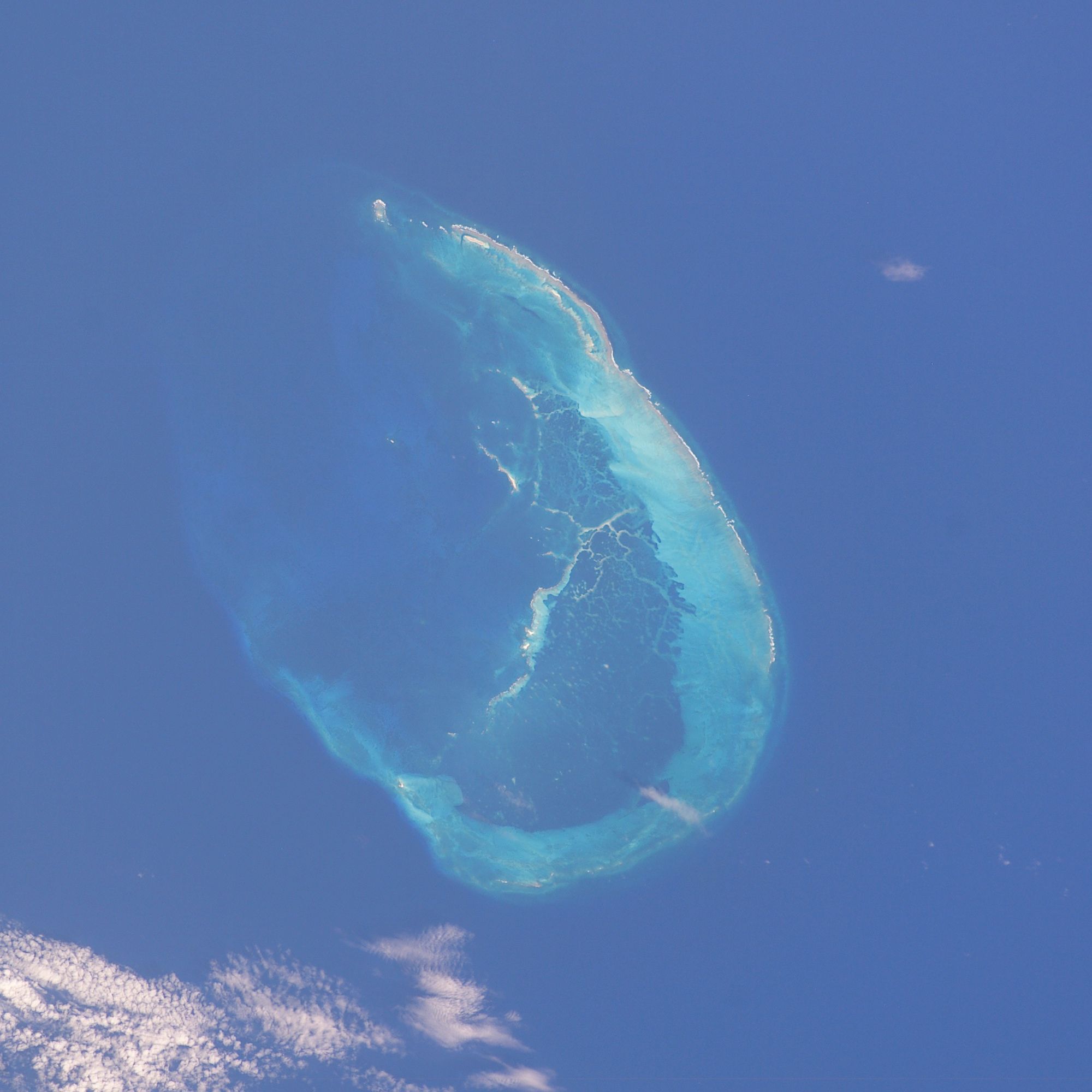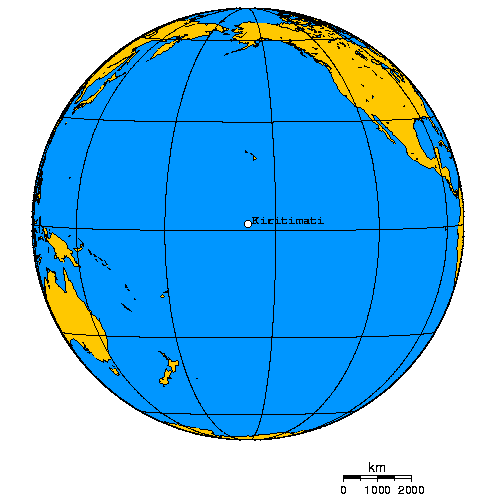|
Christmas Shearwater
The Christmas shearwater or ''aoū'' (''Puffinus nativitatis'') is a medium-sized shearwater of the tropical Central Pacific. It is a poorly known species due to its remote nesting habits, and it has not been extensively studied at sea either.Seto, N.W.H. (2001): Christmas Shearwater (''Puffinus nativitatis''). ''In:'' Poole, A. & Gill, F. (eds.): ''The Birds of North America'' 561. Academy of Natural Sciences, Philadelphia, PA & American Ornithologists' Union, Washington, D.C. (requires subscription) It is one member of a very ancient lineage of the small ''Puffinus'' species. Its only close living relative is the Galápagos shearwater (''P. subalaris''). Taxonomy The species was described and given its current binomial name by the American naturalist Thomas Hale Streets in 1877. A genetic analysis using mitochondrial DNA has shown that the closest living relative is the Galápagos shearwater (''Puffinus subalaris''). Description The Christmas shearwater is a slender-bodi ... [...More Info...] [...Related Items...] OR: [Wikipedia] [Google] [Baidu] |
French Frigate Shoals
The French Frigate Shoals ( Hawaiian: Kānemilohai) is the largest atoll in the Northwestern Hawaiian Islands. Its name commemorates French explorer Jean-François de La Pérouse, who nearly lost two frigates when attempting to navigate the shoals. It consists of a crescent-shaped reef, twelve sandbars, and the La Perouse Pinnacle, the only remnant of its volcanic origins. The total land area of the islets is . Total coral reef area of the shoals is over . Tern Island, with an area of , has a landing strip and permanent habitations for a small number of people. It is maintained as a field station in the Hawaiian Islands National Wildlife Refuge by the United States Fish and Wildlife Service. The French Frigate Shoals are about northwest of Honolulu. In the 20th century, the shoals were used by the Imperial Japanese Navy as part of an operation to attack Hawaii; afterwards, a small United States Navy base was established there to prevent it from being used again. After th ... [...More Info...] [...Related Items...] OR: [Wikipedia] [Google] [Baidu] |
Fiji Petrel
The Fiji petrel (''Pseudobulweria macgillivrayi''), also known as MacGillivray's petrel, is a small, dark gadfly petrel. The Fiji petrel was originally known from one immature specimen found in 1855 on Gau Island, Fiji by naturalist John MacGillivray on board HMS ''Herald'' who took the carcass to the British Museum in London. It was rediscovered in 1983, since when there have been a further 21 records, which included the capture and photographing of one adult in April 1984. This species is classified as critically endangered as it is inferred from the number of records that there is only a tiny population of less than 50 confined to a very small breeding area. This bird is described as being long dark with chocolate-coloured feathers, a dark eye and bill and pale blue foot patches. It may be seen in waters around Gau Island but is believed to disperse to pelagic waters far from the island. The rarity and significance of this species is known to local residents of Gau and ... [...More Info...] [...Related Items...] OR: [Wikipedia] [Google] [Baidu] |
Fiji
Fiji ( , ,; fj, Viti, ; Fiji Hindi: फ़िजी, ''Fijī''), officially the Republic of Fiji, is an island country in Melanesia, part of Oceania in the South Pacific Ocean. It lies about north-northeast of New Zealand. Fiji consists of an archipelago of more than 330 islands—of which about 110 are permanently inhabited—and more than 500 islets, amounting to a total land area of about . The most outlying island group is Ono-i-Lau. About 87% of the total population of live on the two major islands, Viti Levu and Vanua Levu. About three-quarters of Fijians live on Viti Levu's coasts: either in the capital city of Suva; or in smaller urban centres such as Nadi—where tourism is the major local industry; or in Lautoka, where the Sugarcane, sugar-cane industry is dominant. The interior of Viti Levu is sparsely inhabited because of its terrain. The majority of Fiji's islands were formed by Volcano, volcanic activity starting around 150 million years ago. Some geo ... [...More Info...] [...Related Items...] OR: [Wikipedia] [Google] [Baidu] |
Bonin Islands
The Bonin Islands, also known as the , are an archipelago of over 30 subtropical and tropical islands, some directly south of Tokyo, Japan and northwest of Guam. The name "Bonin Islands" comes from the Japanese word ''bunin'' (an archaic reading of ''mujin''), meaning "no people" or "uninhabited". The only inhabited islands of the group are Chichijima (), the seat of the municipal government, and Hahajima (). Archeological evidence has revealed that some of the islands may have been prehistorically inhabited by members of an unknown Micronesian ethnicity. Ogasawara Municipality (''mura'') and Ogasawara Subprefecture take their names from the Ogasawara Group. The is also used as a wider collective term that includes other islands in Ogasawara Municipality, such as the Volcano Islands, along with three other remote islands ( Nishinoshima, Minamitorishima, and Okinotorishima). Geographically speaking, all of these islands are parts of the Nanpō Islands. A total population of ... [...More Info...] [...Related Items...] OR: [Wikipedia] [Google] [Baidu] |
Wake Island
Wake Island ( mh, Ānen Kio, translation=island of the kio flower; also known as Wake Atoll) is a coral atoll in the western Pacific Ocean in the northeastern area of the Micronesia subregion, east of Guam, west of Honolulu, southeast of Tokyo and north of Majuro. The island is an unorganized, unincorporated territory belonging to (but not a part of) the United States that is also claimed by the Republic of the Marshall Islands. Wake Island is one of the most isolated islands in the world. The nearest inhabited island is Utirik Atoll in the Marshall Islands, to the southeast. The United States took possession of Wake Island in 1899. One of 14 U.S. insular areas, Wake Island is administered by the United States Air Force under an agreement with the U.S. Department of the Interior. The center of activity on the atoll is at Wake Island Airfield, which is primarily used as a mid-Pacific refueling stop for military aircraft and as an emergency landing area. The runway is the ... [...More Info...] [...Related Items...] OR: [Wikipedia] [Google] [Baidu] |
Local Extinction
Local extinction, also known as extirpation, refers to a species (or other taxon) of plant or animal that ceases to exist in a chosen geographic area of study, though it still exists elsewhere. Local extinctions are contrasted with global extinctions. Local extinctions mark a change in the ecology of an area. In recent times, local extinction has sometimes been followed by a replacement of the species taken from other locations; wolf reintroduction is an example of this. The term "local extinction" is highly vernacular. The more proper biological term is ''extirpation''. Discussion Glaciation can lead to local extinction. This was the case during the Pleistocene glaciation event in North America. During this period, most of the native North American species of earthworm were killed in places covered by glaciation. This left them open for colonization by European earthworms brought over in soil from Europe. Species naturally become extirpated from islands over time. The number ... [...More Info...] [...Related Items...] OR: [Wikipedia] [Google] [Baidu] |
Kiritimati
Kiritimati (also known as Christmas Island) is a Pacific Ocean atoll in the northern Line Islands. It is part of the Republic of Kiribati. The name is derived from the English word "Christmas" written in Gilbertese according to its phonology, in which the combination ''ti'' is pronounced ''s'', giving kiˈrɪsmæs. Kiritimati has the greatest land area of any atoll in the world, about ; its lagoon is roughly the same size. The atoll is about in perimeter, while the lagoon shoreline extends for over . Kiritimati comprises over 70% of the total land area of Kiribati, a country encompassing 33 Pacific atolls and islands. It lies north of the equator, south of Honolulu, and from San Francisco. Kiritimati is in the world's farthest forward time zone, UTC+14, and is therefore one of the first inhabited places on Earth to experience New Year's Day. (see also Caroline Atoll, Kiribati). Although it lies east of the 180th meridian, the Republic of Kiribati realigned the Internati ... [...More Info...] [...Related Items...] OR: [Wikipedia] [Google] [Baidu] |
Marshall Islands
The Marshall Islands ( mh, Ṃajeḷ), officially the Republic of the Marshall Islands ( mh, Aolepān Aorōkin Ṃajeḷ),'' () is an independent island country and microstate near the Equator in the Pacific Ocean, slightly west of the International Date Line. Geographically, the country is part of the larger island group of Micronesia. The country's population of 58,413 people (at the 2018 World Bank Census) is spread out over five islands and 29 coral atolls, comprising 1,156 individual islands and islets. The capital and largest city is Majuro. It has the largest portion of its territory composed of water of any sovereign state, at 97.87%. The islands share maritime boundaries with Wake Island to the north, Kiribati to the southeast, Nauru to the south, and Federated States of Micronesia to the west. About 52.3% of Marshall Islanders (27,797 at the 2011 Census) live on Majuro. In 2016, 73.3% of the population were defined as being "urban". The UN also indicates a population d ... [...More Info...] [...Related Items...] OR: [Wikipedia] [Google] [Baidu] |
Tuamotu
The Tuamotu Archipelago or the Tuamotu Islands (french: Îles Tuamotu, officially ) are a French Polynesian chain of just under 80 islands and atolls in the southern Pacific Ocean. They constitute the largest chain of atolls in the world, extending (from northwest to southeast) over an area roughly the size of Western Europe. Their combined land area is . This archipelago's major islands are Anaa, Fakarava, Hao and Makemo. The Tuamotus have approximately 16,000 inhabitants. The islands were initially settled by Polynesians, and modern Tuamotuans have inherited from them a shared culture and the Tuamotuan language. The Tuamotus are a French overseas collectivity. History The early history of the Tuamotu islands is generally unknown. Archaeological findings suggest that the western Tuamotus were settled from the Society Islands as early as 900 CE or as late as 1200 CE. DNA evidence suggests that they were settled about 1110 CE. On the islands of Rangiroa, Manihi and Mataiva, t ... [...More Info...] [...Related Items...] OR: [Wikipedia] [Google] [Baidu] |
Northwestern Hawaiian Islands
The Northwestern Hawaiian Islands or Leeward Hawaiian Islands are a series of islands and atolls in the Hawaiian island chain located northwest (in some cases, far to the northwest) of the islands of Kauai and Niihau. Politically, they are all part of Honolulu County in the U.S. state of Hawaii, except Midway Atoll, which is a territory distinct from the State of Hawaii, and grouped as one of the United States Minor Outlying Islands. The United States Census Bureau defines this area, except Midway, as Census Tract 114.98 of Honolulu County. Its total land area is . All the islands except Nihoa are north of the Tropic of Cancer, making them the only islands in Hawaii that lie outside the tropics. The Northwestern or Leeward Hawaiian Islands include: *Nihoa (Moku Manu) at * Necker (Mokumanamana) at *French Frigate Shoals (Kānemilohai) at *Gardner Pinnacles (Pūhāhonu) at *Maro Reef (Nalukākala) at *Laysan (Kauō) at * Lisianski (Papaāpoho) at *Pearl and Hermes Atoll (Hol ... [...More Info...] [...Related Items...] OR: [Wikipedia] [Google] [Baidu] |





